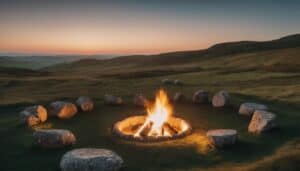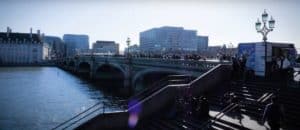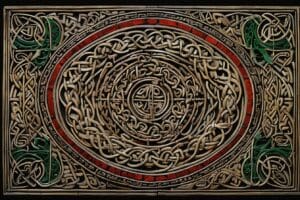Irish Mythological Creatures: the Mischievous, the Cute, and the Terrifying
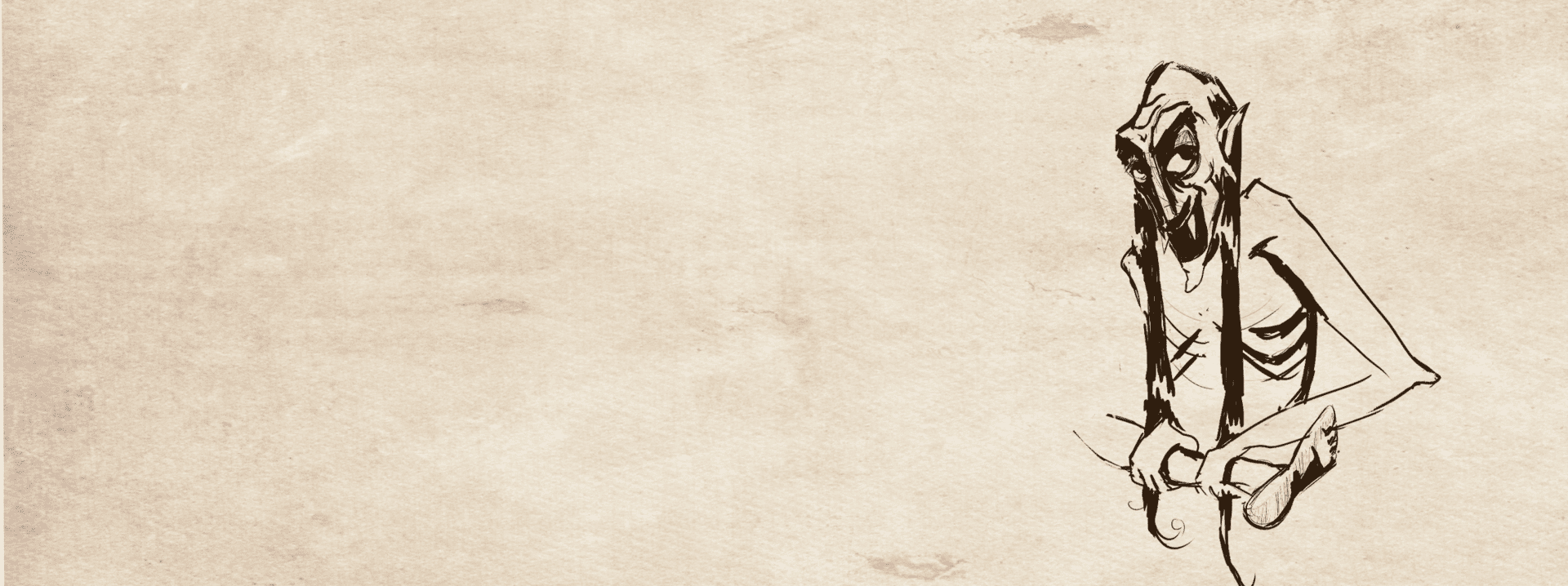
Updated On: April 14, 2024 by Ciaran Connolly
Myths are part of the history of many countries around the world. In prehistoric times and before Abrahamic religions such as Christianity became widely practised, every culture had its own set of beliefs that contained gods and goddesses and stories of creatures that ruled, helped or terrified the humans of the earth. With time —and other religious beliefs— these stories became less of a practised religion and more of myths and legends told through generations to entertain and educate about how our ancestors lived, the best of which are those including Irish mythological creatures.
Irish mythology is the largest and best-preserved part of ancient Celtic mythology. It has been passed orally through generations for centuries and was eventually recorded by Christians in the early medieval era. To this day, Irish myths and legends are still being told all around Ireland, and these stories of the Irish mythological creatures and heroes have been feeding books and films for decades.
There are many stories of mythological creatures around the world, but what really stands out in the creatures of Irish mythology is that they are mainly one of two types: harmless, helpful and cute or viscous, bloodthirsty and murderous. There is no in-between with the Irish! In this article, we will talk about some of the most interesting creatures in Irish mythology, their origins, their stories and how they are perceived nowadays in Ireland and beyond.
Irish Mythological Creatures
There are hundreds of creatures in Irish myths; some are very well-known, such as the Banshee, the Leprechaun and the fairies and others less so, such as the Abhartach and the Oilliphéist. These creatures and more can be divided into two categories: the good ones and those you don’t want to mess with.
The Irish had the ability to weave such intricate legends around their creatures and make their stories (whether fun or terrifying) feel as real as they could be. Here will talk about a number of creatures and divide them into our two categories. We will start with the more tame ones and then move to those that might give you a hard time falling asleep (you’ve been warned!). Let’s dive in!
The Good and Mischievous Creatures
The following creatures can be considered harmless (compared to the other vicious ones) and have been used extensively in children’s stories. However, these creatures are not exactly your friends as they can also be tricky and get you in serious trouble, but at least they will not try to suck your blood or woe you into an early grave. Let’s meet the good creatures of Irish mythology.
The Leprechaun
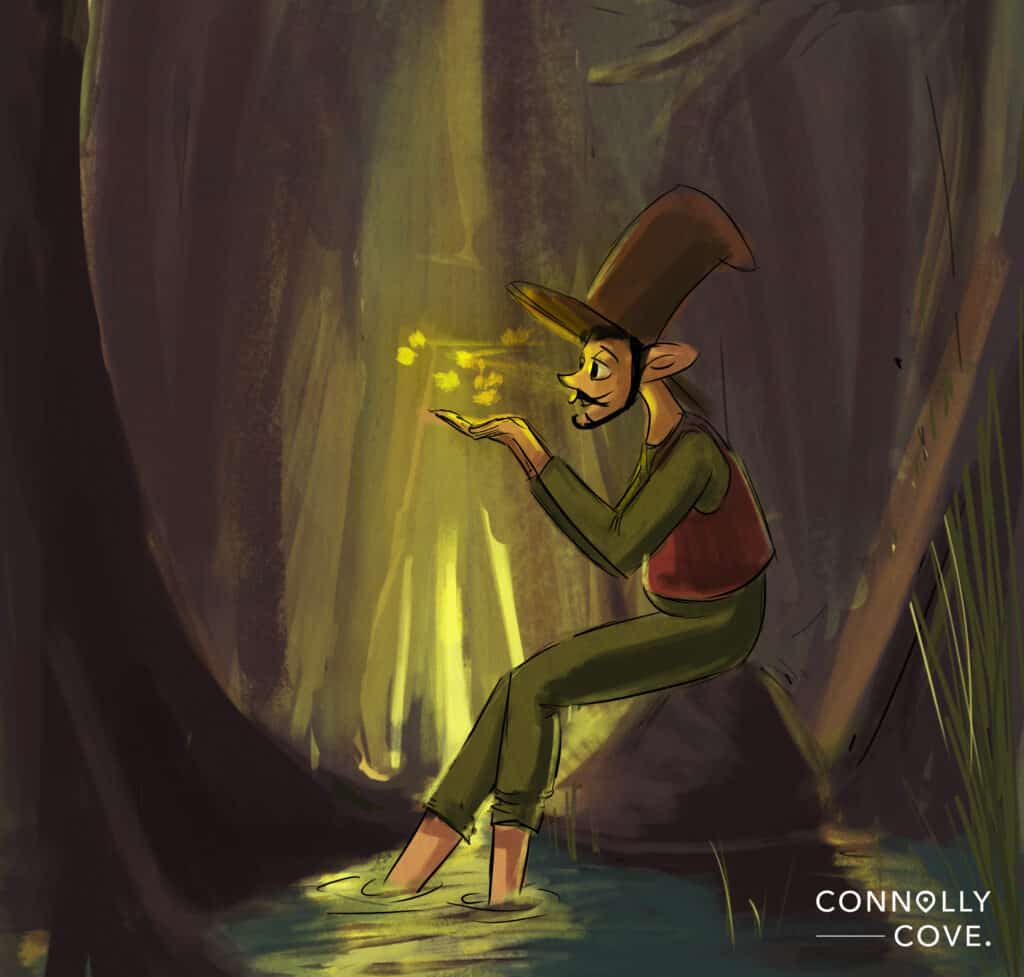
The Leprechaun is one of the most famous Irish mythological creatures. It is usually visualised as a short bearded man wearing a green coat and a hat. The Leprechaun is said to be a great shoemaker and cobbler who uses his skills to earn lots of gold that he keeps in a cauldron at the end of a rainbow. But you must be careful of a Leprechaun as he is a trickster who would try his best to deceive you. It is said that if you catch a Leprechaun (not an easy job, by the way!), you can keep him captive until he agrees to bestow upon you great wealth.
The Leprechaun did not use to appear in Irish mythology a lot but became more popular in modern folklore. Nowadays, it is the creature most associated with Ireland and is used in many books and films to represent wealth, luck and trickery. According to the myth, Leprechauns can be found living in caves or tree trunks in rural parts of Ireland, away from crowds.
The Faeries
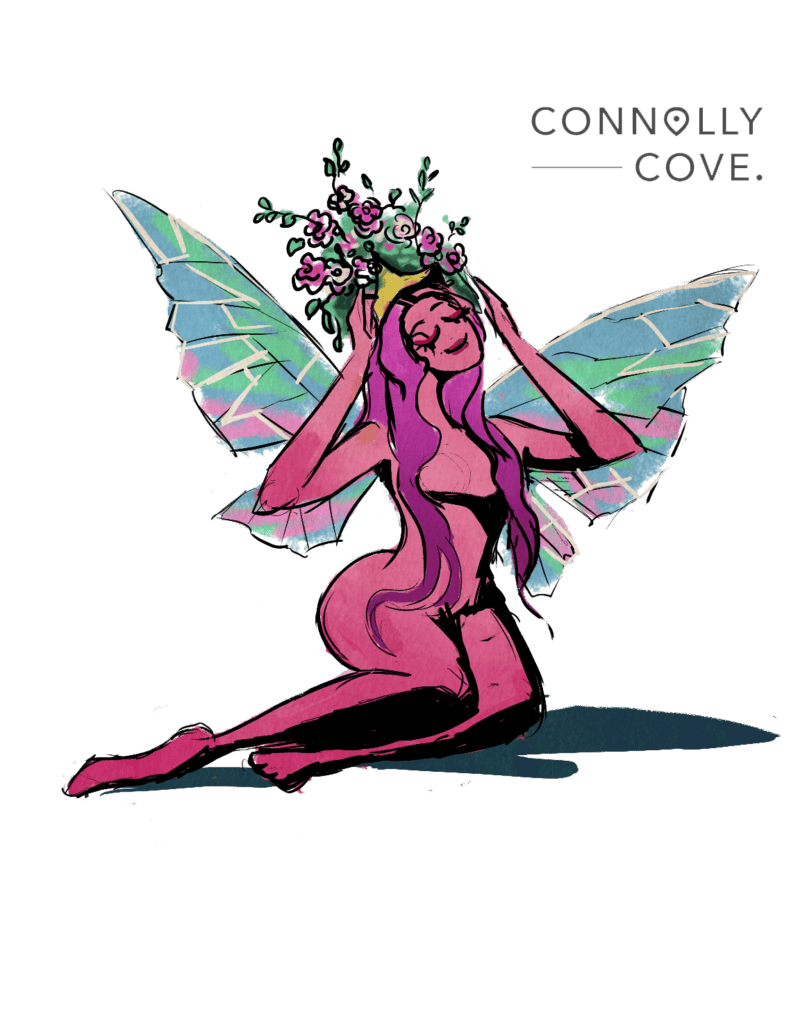
Faeries —as traditionally spelt— or fairies are found in many European myths, including —but not limited to— Celtic and Irish myths. In children’s stories, they are usually small women with wings who help the hero or heroine and are very good-natured.
In Irish folklore, Faeries are divided into Seelie and Unseelie faeries. Seeli Faeries are associated with Spring and Summer and are as good-natured as they are in children’s stories. They are helpful and playful and like to communicate with humans. On the other hand, Unseelie Faeries are associated with Winter and Fall and are not very good-natured. They are not evil per se, but they do like to trick humans and cause trouble. All Faeries are ruled by the Faerie Queen, who resides over both Seelie and Unseelie courts.
Irish people believe that Faerie Courts exist below the ground and can be found at places in Ireland with Fairy Forts or Ring Forts. Fairy Forts and Ring Forts are ancient monuments that are scattered all over the Irish countryside. There are around 60 thousand Fairy and Ring Forts in Ireland that you can actually visit them. But whether you will meet a faerie or not, we cannot make any promises.
The Púca
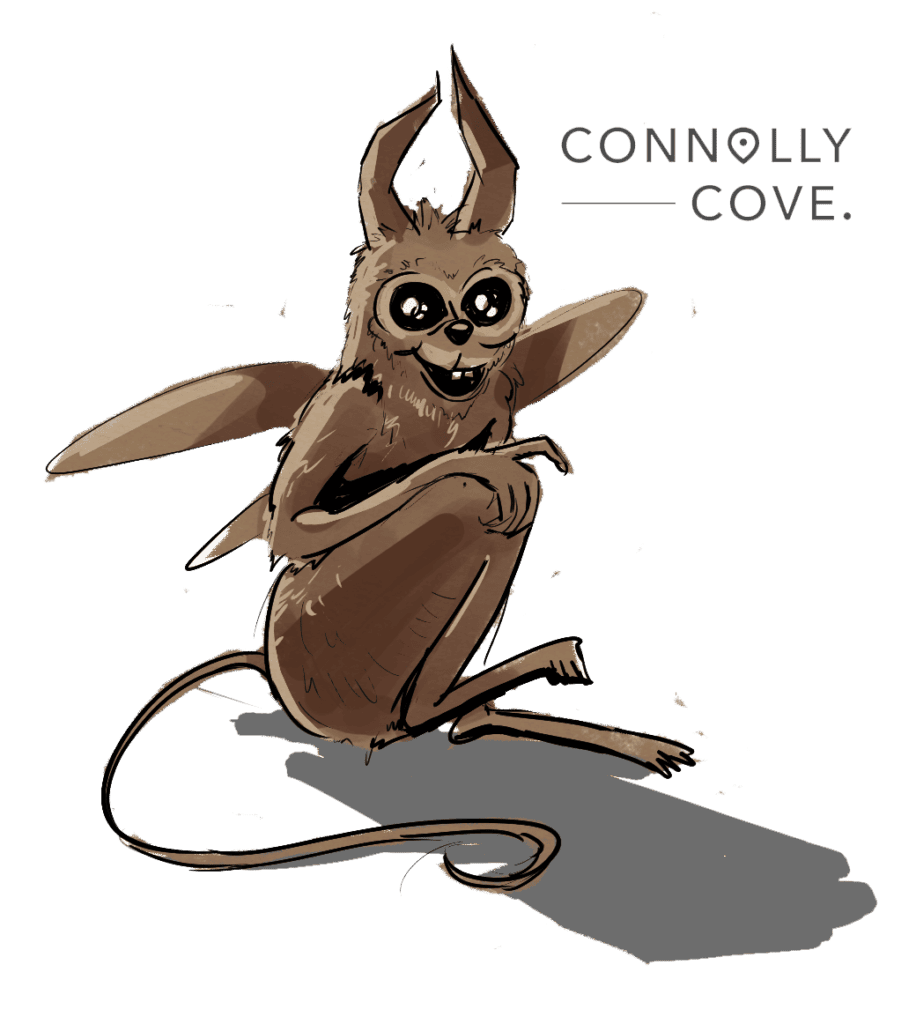
The Puca or the Pooka is an Irish mythological creature that is said to bring good or bad fortune.
They have the ability to shapeshift and take different animal forms or even human forms. They are generally very nice creatures and love chatting with humans and offering advice. Most people would not want to encounter a Puca, though, because you never know what kind of fortune it might bring you.
Even though they are shapeshifting creatures that like to take the form of whatever other creatures might benefit them, they usually keep one feature of their original shape constant: their big golden eyes. Since golden eyes are rare among animals and humans, it is the only way to recognise a Puca.
Pucas are said to live in rural Ireland, just like leprechauns. However, since they do like to interact with humans, they usually visit small villages and strike up conversations with people who sit alone, away from crowds.
The Merrows
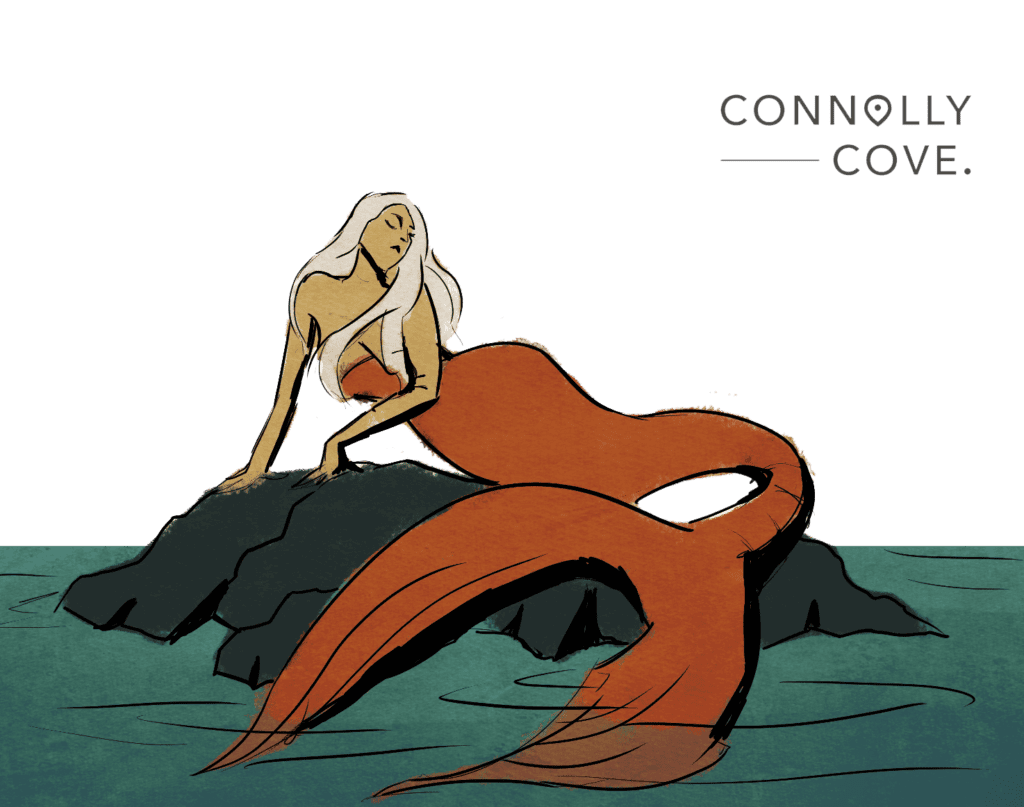
The Merrows are the Irish counterpart of a mermaid. Merrows are half-fish sea creatures from the waist down and half-human from the waist up. Unlike how most folktales portray mermaids, Merrows are thought to be kind, loving and benevolent. They are capable of feeling real emotions towards humans, and the female merrows often end up falling in love with human men.
In Irish folklore, it is said that many female merrows have fallen in love with human men and even went on to live on land and create a family. However, merrows are naturally drawn to the sea, and no matter how long they stay on land or how much they love their human family, they will eventually want to return to the ocean. According to the myth, to keep your merrow-wife on land, you need to take away her cohuleen druith, a little magic cap that she needs in order to get her tails and scales back.
Male merrows or merrow-men also exist, but while female merrows are gorgeous looking with flowing green hair, merrow men are believed to be very ugly with pig-like eyes. According to the Irish legends, merrows can be found on the coastline of Ireland.
The Fear Gorta
During the 1840s, Ireland went through a horrible period called the Great Famine. At that time, the myth of the Fear Gorta emerged. He is believed to be an extremely thin and famished-looking old man who emerged from a batch of dry and hungry grass. He sits on the streets and in places where there are lots of people asking for food. If you do answer his begging and offer him food in a time when food is scarce, he brings you great fortune and luck. However, if you ignore him and do not offer him any food, he curses you and brings you bad fortune till the day you die.
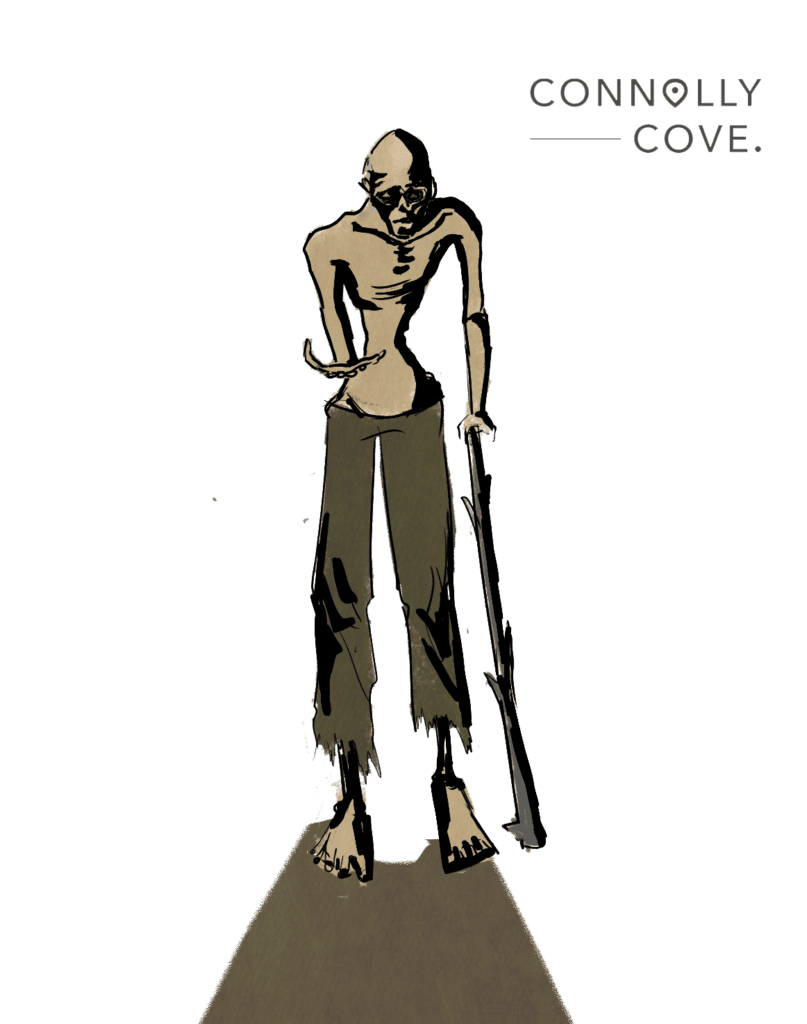
Many people believe that Fear Gorta is the precursor of famines. However, he is still not considered a bad or harmful creature since all he does is ask for food.
The Scary and Terrifying Creatures
Irish mythology has many undoubtedly terrifying creatures that can haunt your dreams and nightmares. Since the Irish really believe in good and bad fortunes, many creatures are harbingers of bad luck and horrible fortunes. Unlike the ones above, where good and bad fortunes are possible with them, these ones below are creatures you do not wish to come across.
The Banshee
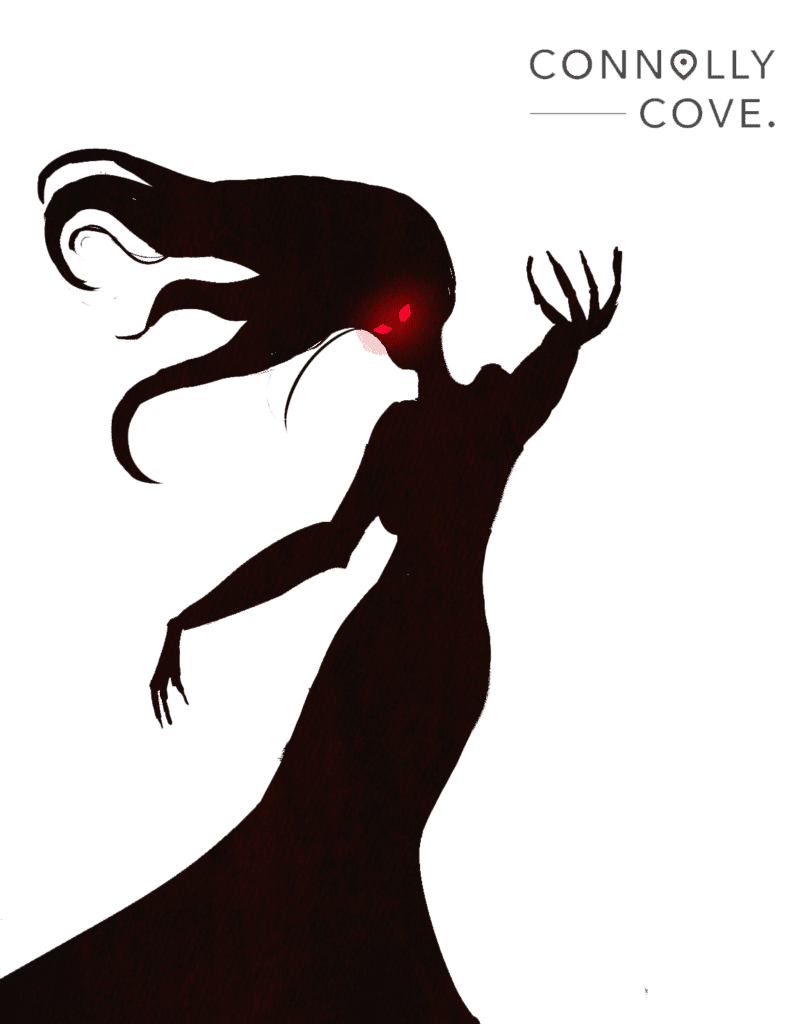
The Banshee is one of the most terrifying creatures in Irish and Celtic mythology, mostly because it is associated with death. The Banshee is said to be a woman —old or young— with long black hair blowing in the wind. Her most unique physical feature, though, is her blood-red eyes. The legend says that if you hear the scream of a Banshee, someone in your family will die shortly. Hearing a Banshee scream or wail is a bad omen and a sign of impending death.
In many cultures around the world, there is a tradition of hiring women to cry and scream when someone dies. It is said that the myth of the Banshee originated from this tradition that existed in Ireland during the old times, and these women were called the Keening Women. However, the stark difference between Banshees and Keening Women is that the latter is hired to show grief and sadness over someone’s death, while the Banshee can predict death before it happens.
Banshees can be found anywhere in Ireland near homes where someone is about to die. Do pray that you never encounter one (if they actually exist).
The Abhartach
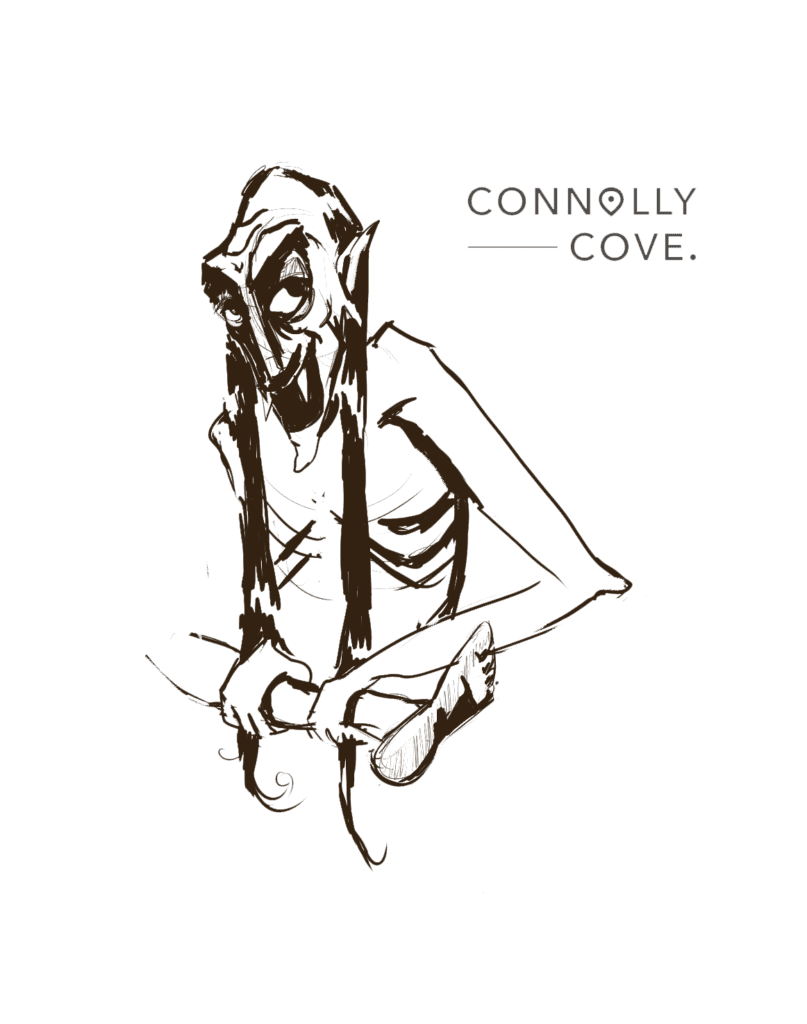
The Abhartach is basically the Irish vampire. It is said the Abhartach used to live in a parish called Slaughtaverty in Derry. He lived by killing people and drinking their blood. There are many stories about how the Abhartach was killed, but they all follow the same pattern, even if they have some differences.
A man finds the Abhartach, kills him and buries him. The next day the Abhartach escapes from his grave and demands blood from the people of Slaughtaverty. The man finds him again and kills him, but once again, he escapes his grave, stronger than ever before, and demands more blood.
Knowing that the Abhartach will just escape a third time, the man consults a druid on what to do about this predicament. The druid tells the man to kill the Abhartach using a sword made of yew wood and bury him upside down. The man does as he is told, and this time, the Abhartach does not rise again.
Many people believe that the Abhartach was real and that he was the actual inspiration behind Bram Stoker’s Dracula. His grave is known as Slaghtaverty Dolmen and can actually be found in the north of Maghera in Derry/Londonderry, Northern Ireland. Scary, right?
The Oilliphéist
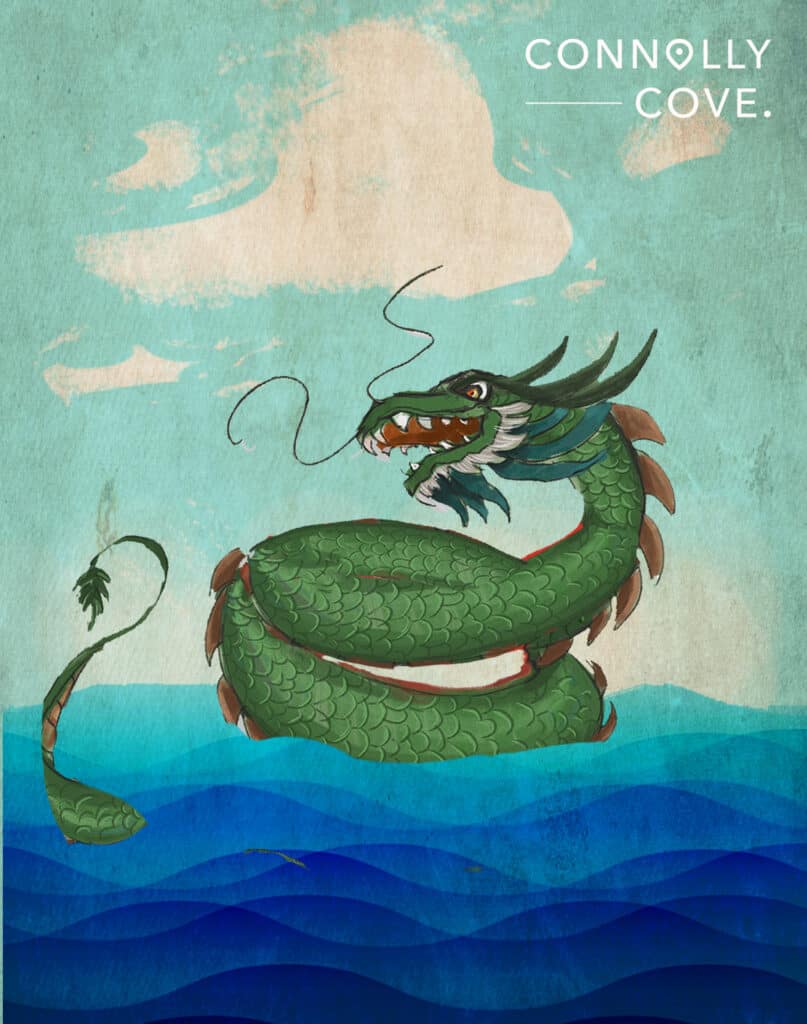
The Oilliphéists are said to be sea monsters that live in lakes all around Ireland. They look like dragons or serpents but are sea-bound. According to one legend, the most famous Oilliphéist was called Caoránach and lived in Lough Dearg in Donegal. Caoránach emerged one day from the broken thigh bone of a woman that was killed in the Lough Dearg region.
At first, Caoránach emerged as a small worm but quickly grew bigger and started eating all the cattle in the region. The people were very scared of it and did not know who to kill it, so they commissioned Saint Patrick to kill the monster and rid them of its harm.
Saint Patrick arrived in Donegal and successfully killed the monster, and dumped its body in Lake Lough Dearg. In other tails, Saint Patrick never killed Caoránach but only banished him to the lake where he lives to this day, waiting for his victims.
The Dullahan
Another harbinger of death, the Dullahan, is a headless rider in Irish mythology who calls the names of the people who are about to die. According to the legend, the Dullahan is a type of headless faerie who rides a black horse and carries his own head in his hand (think Headless Nick from Harry Potter but way less friendly) and a whip made of a human’s spine in the other hand. In other stories, the Dullahan is not a horseman but rather a coachman who calls people into his coach. If you answer his call, you die. Not like you will have much of a choice to deny him, anyway.
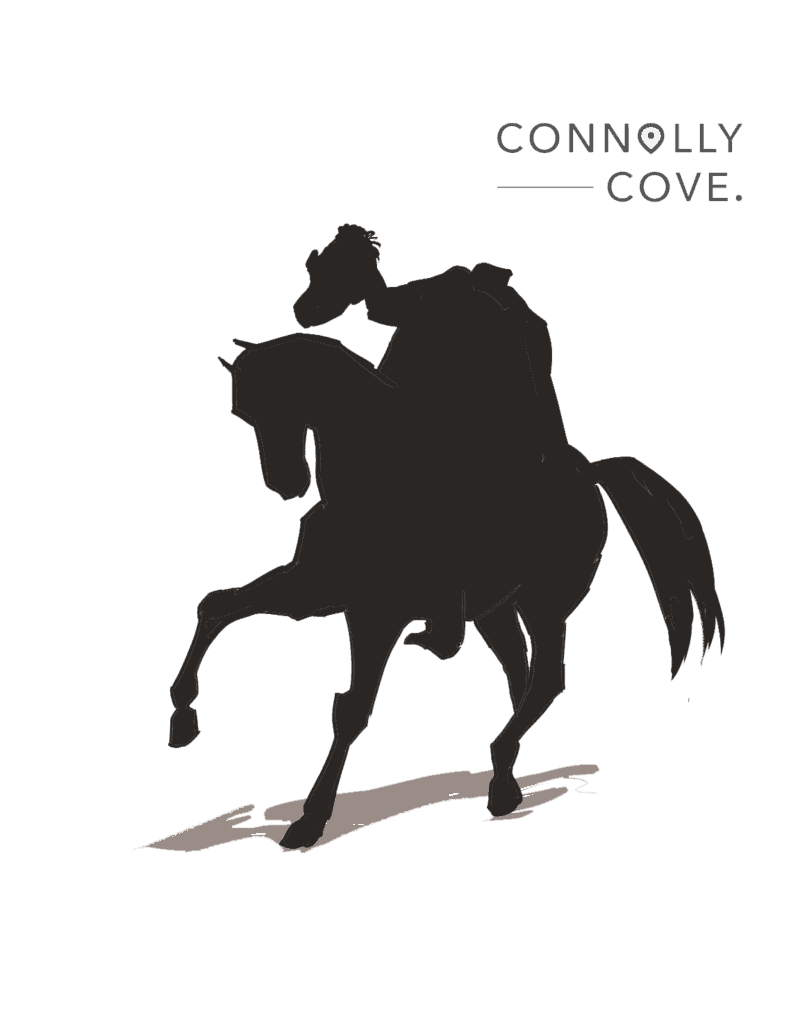
The Dullahan is said to be living around graveyards where wicked aristocrats are buried. There is not only one Dullahan but rather many who can be both men or women, and when they call someone’s name, know that that person is about to perish. In other cultures, the Dullahan is almost exactly like the grim reaper, who collects the souls of those about to die.
Ellén Trechend
Ellén Trechend is a three-headed Irish monster that is said to have emerged from the cave of Cruachan in Roscommon, Ireland. According to the legend, it terrorised the Irish people and laid waste to Ireland until it was killed by the poet and hero Amergin.
The creature was often described as looking like a vulture or a three-headed dragon. The Irish author P.W Joyce believes that the Ellén Trechend was mounted by a goblin who commandeered an army to destroy Ireland. Unlike the other creatures of Irish mythology, the Ellén Trechend is the one that actually looks like a classic monster the most. All around Europe, you will be able to find myths very close to the Ellén Trechend.
In modern days, filmmakers and novelists love to tackle Irish mythology or at least use its creatures in their own stories. Faeries and Leprechauns, especially, have had their fair share of adaptations and features in many stories ranging from children’s books to more adult content that can venture more into the creatures’ tricky and untrustworthy nature.
If you take a trip to Ireland, make sure you ask the locals about local legends and stories, and you are sure to find the most captivating tales and places to visit. Ireland is such a dream destination for travellers from all over the world, and no matter how many times you visit it, you will always find something new to discover.




